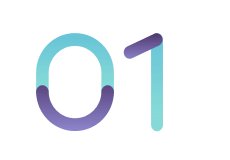
What is a Robocall?
We all get robocalls. Many are useful, but some are annoying and even illegal

1/4
Robocalls are automated calls.
Robocalls are phone calls that are dialed automatically, often using a computer.

2/4
Some are useful.
Some robocalls are useful – like those about flight delays, school closures, or your prescription that's ready to be picked up.

3/4
Some are legal.
Many robocallers—like debt collectors, pollsters, and some telemarketers—are legally allowed to call you.

4/4
But many are unwanted and illegal.
There are many robocalls that are annoying, unwanted, and even illegal.

Why You Get Illegal Robocalls
Learn what makes illegal robocalls so challenging to fight.



Robocalls come from all over
Bad robocalls can start here in the U.S., but many are initiated overseas, making them difficult to traceback and enforce against.
Did You Know?
One international scam targeted Chinese-Americans, tricking victims into thinking they were under Chinese investigation. NYPD found that residents were defrauded out of $3M.

Robocallers take advantage of technology
Adding to enforcement challenges are the rise of inexpensive online tools and the power of computing, which make it easier for bad robocallers to conduct thousands and even millions of anonymous calls.
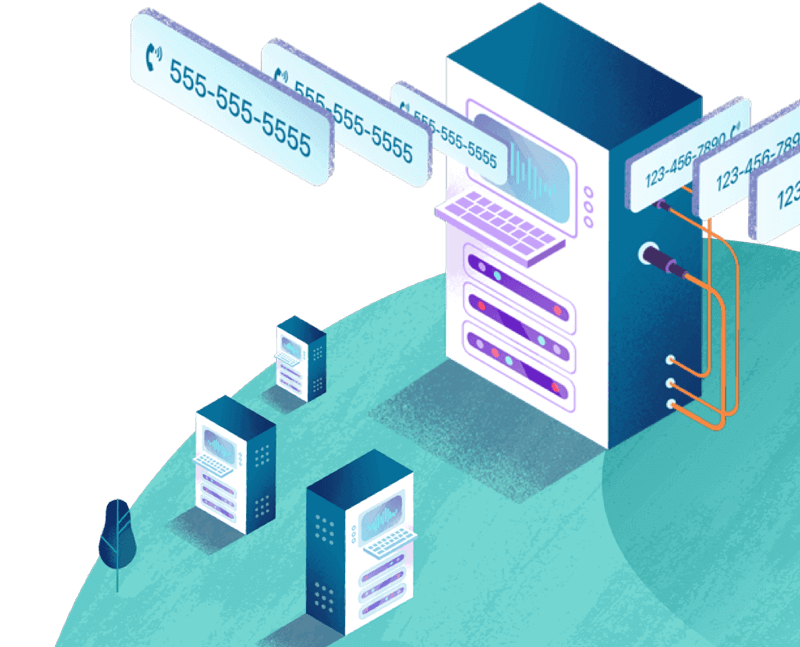
It’s easy for robocallers to hide
To mask their identity and make it difficult for wireless providers to determine who is calling, a bad actor may change their phone number by routing their robocall through a series of different internet-based systems and networks before it reaches your wireless network.
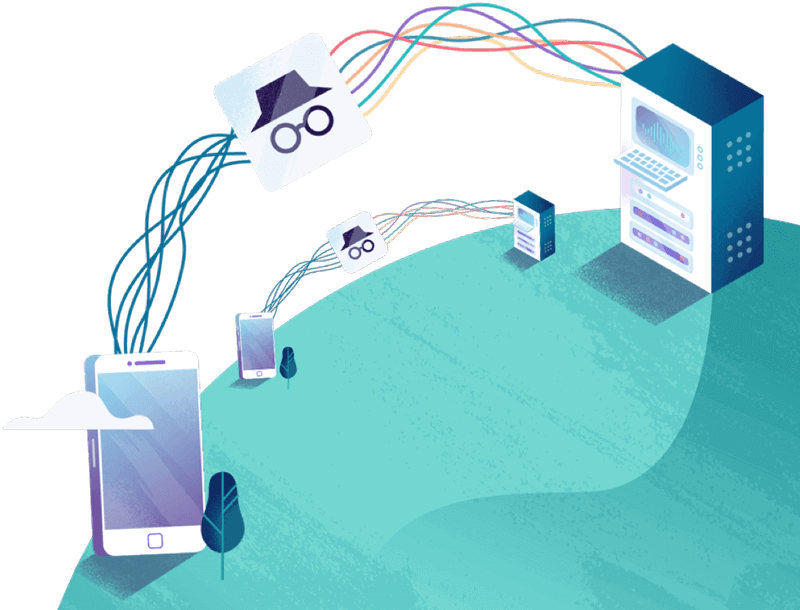
Robocallers use number spoofing to look familiar
You may notice that many robocalls appear as though the call is coming from your home area code. This is called spoofing.
Did You Know?
There are good reasons for callers to use spoofing. For example, domestic violence shelters use number spoofing to protect the location of their residents. Ridesharing apps also use number spoofing for calls between drivers and passengers to protect everyone’s privacy.
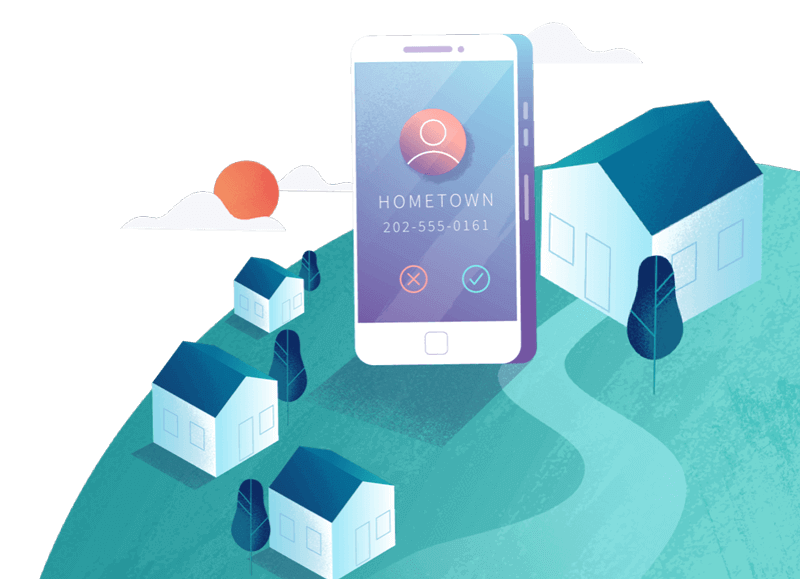
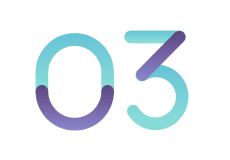
Fighting Illegal Robocalls
Your wireless provider conducts a series of sophisticated analyses to keep billions of illegal robocalls from reaching you:
Blocks Calls
Calls from numbers that are obviously not real—like single digit numbers, those with the wrong number of digits, and those from fake area codes—are blocked.
Checks Official Lists
Call data is referenced against lists and information about illegal and scam robocallers provided by law enforcement and government agencies.
Investigates Specific Callers
Patterns like high-call volume and short-call duration may be signs of a bad actor.
Leverages Machine Learning
Artificial intelligence and data patterns can be used to detect new scams.
Talks to Other Networks
Your provider may communicate with the other networks who routed the call to try to identify the caller. However, this can be difficult to orchestrate in real time.

Fighting Illegal Robocalls
Your wireless provider conducts a series of sophisticated analyses to keep billions of illegal robocalls from reaching you:
Blocks Calls
Calls from numbers that are obviously not real—like single digit numbers, those with the wrong number of digits, and those from fake area codes—are blocked.
Checks Official Lists
Call data is referenced against lists and information about illegal and scam robocallers provided by law enforcement and government agencies.
Investigates Specific Callers
Patterns like high-call volume and short-call duration may be signs of a bad actor.
Leverages Machine Learning
Artificial intelligence and data patterns can be used to detect new scams.
Talks to Other Networks
Your provider may communicate with the other networks who routed the call to try to identify the caller. However, this can be difficult to orchestrate in real time.
Did You Know?
As of December 2018, AT&T alone blocked 4.5 billion illegal calls. T-Mobile's Scam ID tool, which is automatically turned on in devices with caller ID, has identified more than 7.2 billion calls as possibly spam and blocked 1.7 billion calls.
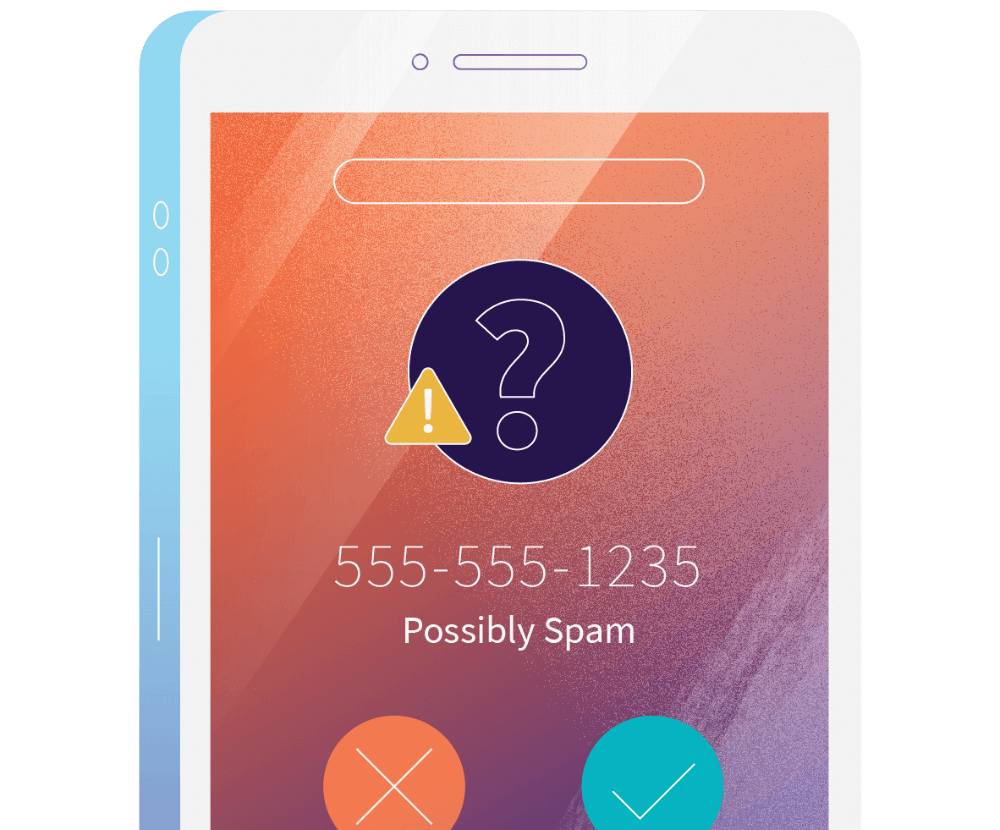
Wireless providers evaluate the phone number and the source of calls that they send from their network, across a web of networks, to the customer’s receiving network.
If providers can fully vouch for the number and the source, they will validate the call with a digital signature.
After the call has been evaluated, your provider may ask if you want to answer, ignore, or block the phone number.
You may also leverage this verification information to set up a list of approved phone numbers.
The nationwide providers are implementing the SHAKEN/STIR framework as one of many tools to determine whether to block or flag robocalls.

Partnering on Enforcement Efforts
The wireless industry works closely with enforcers at the FCC, FTC, Department of Justice, in the states, and on Capitol Hill to stop illegal robocalls.
Stopping illegal robocallers can be challenging.
There are challenges with bringing legal action against these bad actors—it takes time to build a case and the robocaller may be located overseas or be a fly-by-night operation that’s able to quickly shut down or change its name.
Moving quickly to trace illegal calls.
To aid enforcement efforts, companies across the wireless industry participate in USTelecom’s Traceback efforts with the FCC and FTC to identify where illegal calls come from.
Industry & government partner to investigate.
The wireless industry partners closely with the FCC, FTC, Department of Justice and other organizations to provide the information needed to quickly take action against bad robocallers and maintains relationships with federal, state, and local call fraud bureaus that may initiate investigations.
Legislative efforts offer more tools.
The wireless industry also supports legislative efforts that provide government with more enforcement tools and greater authority to stop illegal robocalls at the source and give wireless providers more tools to block illegal robocalls.
Tell your representatives in Congress to help us fight illegal robocalls.

Partnering on Enforcement Efforts
The wireless industry works closely with enforcers at the FCC, FTC, Department of Justice, in the states, and on Capitol Hill to stop illegal robocalls.
Stopping illegal robocallers can be challenging.
There are challenges with bringing legal action against these bad actors—it takes time to build a case and the robocaller may be located overseas or be a fly-by-night operation that’s able to quickly shut down or change its name.
Moving quickly to trace illegal calls.
To aid enforcement efforts, companies across the wireless industry participate in USTelecom’s Traceback efforts with the FCC and FTC to identify where illegal calls come from.
Industry & government partner to investigate.
The wireless industry partners closely with the FCC, FTC, Department of Justice and other organizations to provide the information needed to quickly take action against bad robocallers and maintains relationships with federal, state, and local call fraud bureaus that may initiate investigations.
Legislative efforts offer more tools.
The wireless industry also supports legislative efforts that provide government with more enforcement tools and greater authority to stop illegal robocalls at the source and give wireless providers more tools to block illegal robocalls.
Tell your representatives in Congress to help us fight illegal robocalls.
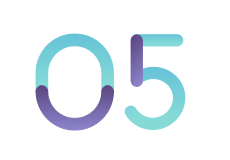
How You Can Stop Unwanted Robocalls
Learn more about the tools and services that wireless providers and others offer to help protect you against unwanted calls.
The major wireless providers offer various tools and solutions that you can engage or may be built into your device to block or flag calls: AT&T ActiveArmor; Verizon Call Filter; T-Mobile Scam Shield; UScellular Call Guardian.
For information on spam texts, visit CTIA's resource page.
Third parties offer additional apps to help you identify and block unwanted robocalls. Media outlets regularly recommend and review apps—check out the following articles to learn more:
- “How to Block Spam Calls and Robocalls,” PC Mag
Adding your number to the Do-Not-Call Registry prohibits telemarketers from calling your registered number.
Don't engage with suspicious robocallers. Don’t give out personally identifiable information or send money to a third party without verifying the authenticity of the caller. You can double check the authenticity of the caller by looking up their phone number on their website or in a phone book and calling them directly.

